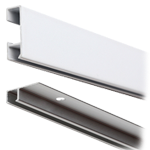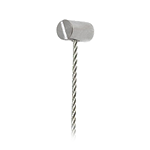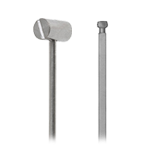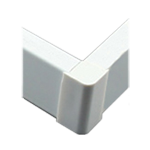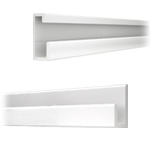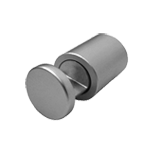Border or No Border? How to Display Your Photos
Many display fashions focus on minimalism instead of ornate design. Not only does this make it easier to incorporate different styles of art without any clash, it also means you don't have to keep large inventories of several different hardware styles; you only need one or two. But even when you go for a classic or minimalistic design, you still have a few features you can play around with. One of the most common questions is should you have framed or frameless photo displays.
Consider margins instead of frames.
Instead of just considering a frame with any number of colors, consider a matte margin around your photographs. It gives the frameless, floating look you might be looking for, but it also draws attention to specific photos within a cohesive display. Here's how:
You can incorporate differently sized photos.
Not all photographs have the same pixel quality, and that means some will have to be smaller than others. If you have older photos from film cameras or older family mementos, you also can't standardize the size. Instead, use margins within frameless photo displays so the blocking, or the actual height and width of the total piece, is standardized. Not only does it make arranging the photos easier, it draws attention to the small, priceless photos.
It works with any color scheme.
White margins offset every photo well. Whether you have a black and white theme or your prints are in full color, matte, white surroundings make them pop. It also eases the transition from the photos to any color palette in your home's furnishing, floors, and features. It even stands out on white walls, because the smooth, raised finish provides contrast.
For the hardware to get it done and more artwork hanging ideas, go to Systematic Art.

